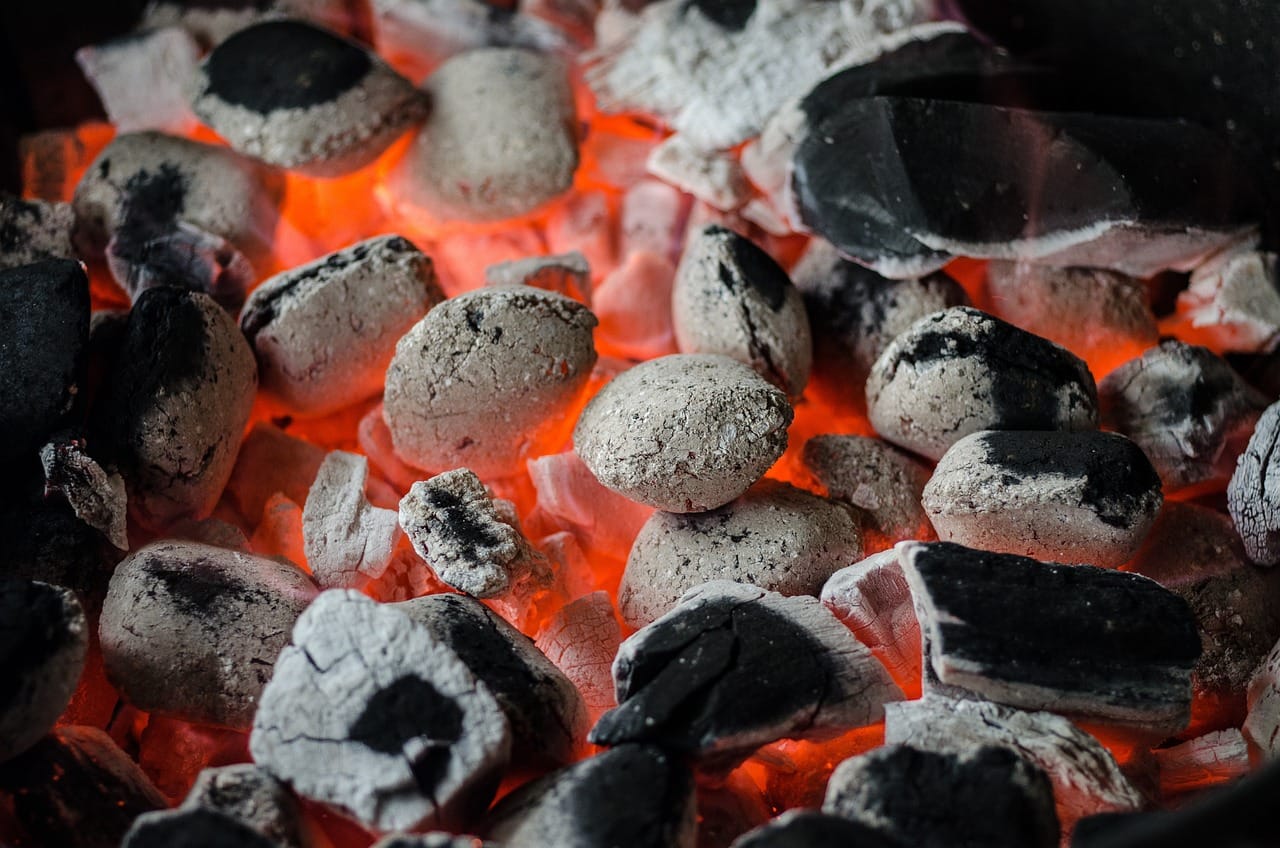Guacamole, that creamy, vibrant, and utterly addictive dip, is so much more than just a party snack. It’s a cultural icon, a nutritional powerhouse, and a testament to the versatility of the humble avocado. From its ancient origins to its modern-day variations, guacamole has captured hearts (and taste buds) worldwide. Whether you’re a seasoned chef or a kitchen novice, understanding the art of guacamole making is a culinary adventure worth undertaking. Get ready to explore the fascinating world of guacamole!
The History and Origins of Guacamole
Ancient Roots
Guacamole’s history stretches back centuries, originating with the Aztecs in what is now Mexico. The name itself comes from the Nahuatl word “ahuacamolli,” which translates to “avocado sauce.” This early version was likely quite simple, consisting primarily of mashed avocados and perhaps a few basic seasonings. Evidence suggests avocados were cultivated in Mexico as early as 500 BC, making them a staple food for the indigenous population.
From Aztec Staple to Global Phenomenon
The Spanish conquistadors, upon arriving in the Americas, encountered and adopted guacamole. Over time, they introduced new ingredients like onions, cilantro, and lime juice, which further enhanced the flavor profile. As trade routes expanded, guacamole’s popularity spread beyond Mexico, eventually captivating palates around the globe. Today, guacamole is enjoyed in countless variations, from classic recipes to modern, innovative creations.
Choosing the Perfect Avocado
Ripeness is Key
The cornerstone of any great guacamole is, undoubtedly, the avocado. Selecting the right avocado is paramount to achieving that creamy, flavorful perfection. The ideal avocado should yield slightly to gentle pressure but not feel mushy. Avoid avocados that are rock hard or overly soft, as these are likely underripe or overripe, respectively.
Tips for Checking Ripeness:
- The Feel Test: Gently squeeze the avocado in the palm of your hand. If it yields slightly, it’s likely ripe.
- The Stem Trick: Flick off the small stem at the top of the avocado. If it’s green underneath, the avocado is ripe. If it’s brown, it’s overripe. If it’s difficult to remove, it’s underripe.
Varieties of Avocados
While the Hass avocado is the most common variety used for guacamole due to its creamy texture and rich flavor, other types can also be used. Fuerte avocados, for example, have a thinner skin and a slightly more watery texture. Depending on your preference, you can experiment with different varieties to find your favorite.
The Classic Guacamole Recipe
Ingredients
A classic guacamole recipe typically includes the following ingredients:
- 2-3 ripe avocados
- 1/4 cup finely chopped white onion
- 1/4 cup chopped fresh cilantro
- 1-2 tablespoons lime juice (freshly squeezed is best)
- 1/2 jalapeño pepper, seeded and minced (optional, for heat)
- Salt to taste
- Optional: 1/4 cup diced tomato
Instructions
Here’s a step-by-step guide to making classic guacamole:
- Cut the avocados in half, remove the pits, and scoop the flesh into a bowl.
- Mash the avocados with a fork until you reach your desired consistency. Some prefer a chunkier guacamole, while others prefer a smoother texture.
- Add the chopped onion, cilantro, lime juice, jalapeño (if using), and salt to the bowl.
- Gently mix all the ingredients together, being careful not to over-mash the avocados.
- Taste and adjust the seasoning as needed. Add more lime juice for tanginess, salt for flavor, or jalapeño for heat.
- Serve immediately or store in the refrigerator with a layer of plastic wrap pressed directly onto the surface to prevent browning.
Tips for Perfect Guacamole
Here are a few tips to elevate your guacamole game:
- Use Fresh Lime Juice: Freshly squeezed lime juice provides a brighter, more vibrant flavor than bottled lime juice.
- Don’t Over-Mash: Over-mashing the avocados can result in a gluey texture. Aim for a slightly chunky consistency.
- Add a Touch of Heat: A small amount of minced jalapeño or a pinch of cayenne pepper can add a pleasant kick.
- Season Generously: Don’t be afraid to season your guacamole with salt. Salt enhances the flavor of all the other ingredients.
Beyond the Basics: Guacamole Variations
Adding Fruits and Vegetables
Guacamole is a versatile canvas for culinary creativity. Consider adding fruits and vegetables for added flavor, texture, and nutritional value.
Examples:
- Mango Guacamole: Diced mango adds sweetness and a tropical twist.
- Pineapple Guacamole: Similar to mango, pineapple offers a tangy sweetness.
- Corn Guacamole: Roasted corn kernels provide a sweet and crunchy element.
- Pomegranate Guacamole: Pomegranate seeds add a burst of juicy sweetness and a beautiful visual appeal.
- Black Bean Guacamole: Black beans contribute a hearty texture and earthy flavor.
Spicy Guacamole
For those who crave a fiery kick, there are several ways to add heat to guacamole.
Options:
- Serrano Peppers: These peppers are hotter than jalapeños and offer a more intense heat.
- Habanero Peppers: For serious heat, a small amount of minced habanero pepper will do the trick. Use with caution!
- Chipotle Peppers in Adobo Sauce: These smoked jalapeños add a smoky flavor and a moderate level of heat.
- Cayenne Pepper: A pinch of cayenne pepper provides a subtle but noticeable heat.
- Hot Sauce: A few dashes of your favorite hot sauce can add both heat and flavor.
Regional Variations
Guacamole recipes vary from region to region, reflecting local ingredients and culinary traditions. For example, some regions may include tomatoes, while others may add pepitas (pumpkin seeds) or cotija cheese.
Nutritional Benefits of Guacamole
Healthy Fats
Avocados are rich in healthy monounsaturated fats, which are beneficial for heart health. These fats can help lower bad cholesterol levels and reduce the risk of heart disease. Studies have also linked monounsaturated fats to improved brain function and reduced inflammation.
Vitamins and Minerals
Guacamole is a good source of several essential vitamins and minerals, including:
- Vitamin K: Important for blood clotting and bone health.
- Vitamin C: An antioxidant that supports immune function.
- Potassium: An electrolyte that helps regulate blood pressure.
- Folate: Essential for cell growth and development.
- Fiber: Promotes digestive health and helps you feel full.
Antioxidants
Avocados contain antioxidants like lutein and zeaxanthin, which are beneficial for eye health. These antioxidants can help protect against age-related macular degeneration and cataracts.
Conclusion
Guacamole is more than just a dip; it’s a celebration of flavor, culture, and nutrition. From its humble beginnings with the Aztecs to its modern-day popularity, guacamole has stood the test of time as a beloved culinary staple. Whether you prefer a classic recipe or a more adventurous variation, the possibilities are endless. So, grab some ripe avocados, gather your favorite ingredients, and embark on your own guacamole-making journey. You might just discover your new favorite way to enjoy this delicious and versatile dish!




